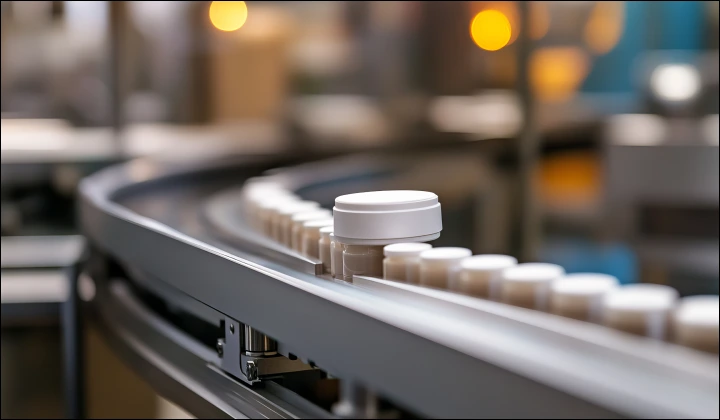In early 2023, the European Medicines Agency issued a warning after multiple batches of a temperature-sensitive oncology drug were flagged for stability issues during transport.
The issue? A temperature dip went unnoticed during transit, even though the logistics team was using a digital tracking platform. The problem wasn’t the software. It was the device on the shipment that failed to capture data accurately.
This kind of incident has put cold chain monitoring under the spotlight.
Today, PharmaTech platforms are expected to do more than just show live dashboards. They need to collect accurate, reliable data right from the source – inside the shipment, from start to finish.
With EU GDP guidelines and Annex 11 now being more strictly followed, every reading, every data point, and every alert needs to be traceable. That means the embedded system inside your monitoring device is just as important as your cloud platform.
For software product teams, this changes how cold chain solutions are built.
In this blog, we’ll walk through how to design that embedded system – one that works reliably, meets EU compliance, and fits right into your product vision.




 11 mins
11 mins











 Talk to Our
Consultants
Talk to Our
Consultants Chat with
Our Experts
Chat with
Our Experts Write us
an Email
Write us
an Email





